|
Looking closer at “20 dead carp and suckers” along the banks of the Frankstown Branch of the Juniata River on Friday, Aug. 28, John Coxey couldn’t get past the unexpected odor. “It was like that grease used at amusement parks, only much more pungent,” he said.
3 Comments
Jeffrey Riddle
9/11/2020 12:27:38 pm
If spawning activity weakens fish, then why are they allowing to fish for bass during the spawn?????? The water temps are rising and the fishing pressure is getting way out of hand, now that they have "opened" it up!!! AS A 50 YR BASS FISHERMAN....PLEASE SHUT IT DOWN DURING THE SPAWN!!!!!
Reply
10/2/2023 07:02:42 am
Thanks for your post.
Reply
10/2/2023 07:05:19 am
Thanks for your post.
Reply
Leave a Reply. |
AuthorsRiverkeeper John Zaktansky is an award-winning journalist and avid promoter of the outdoors who loves camping, kayaking, fishing and hunting with the family. Archives
April 2024
Topics |
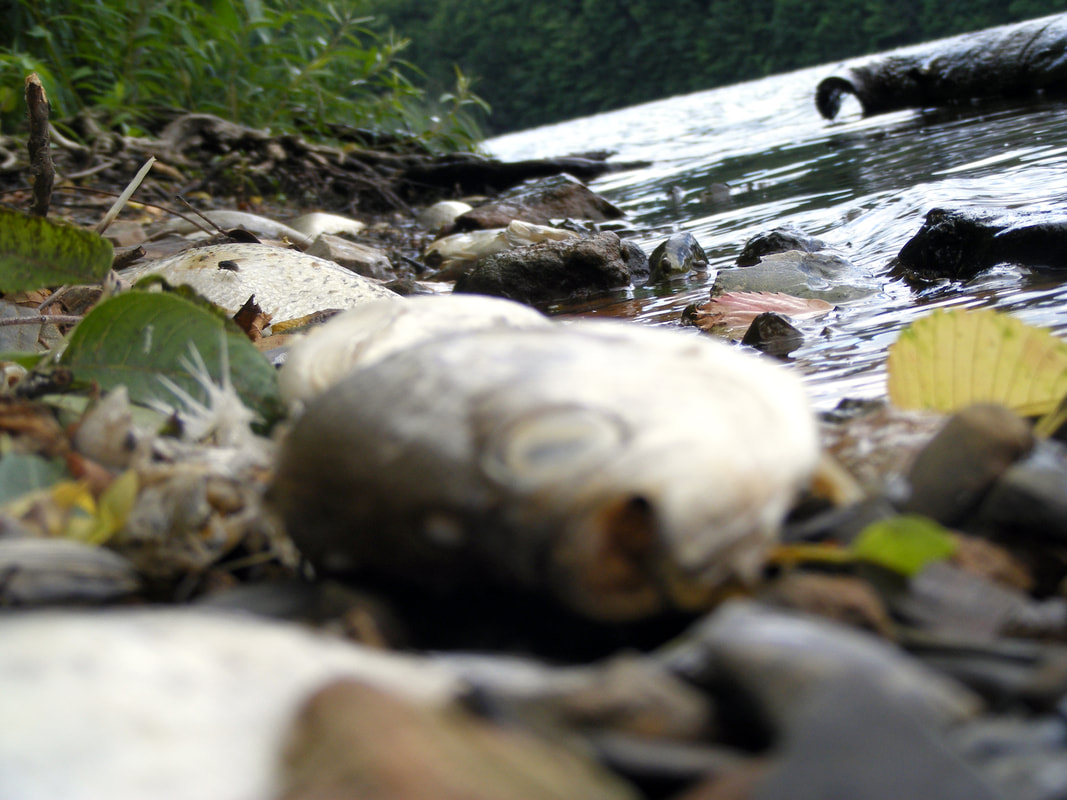
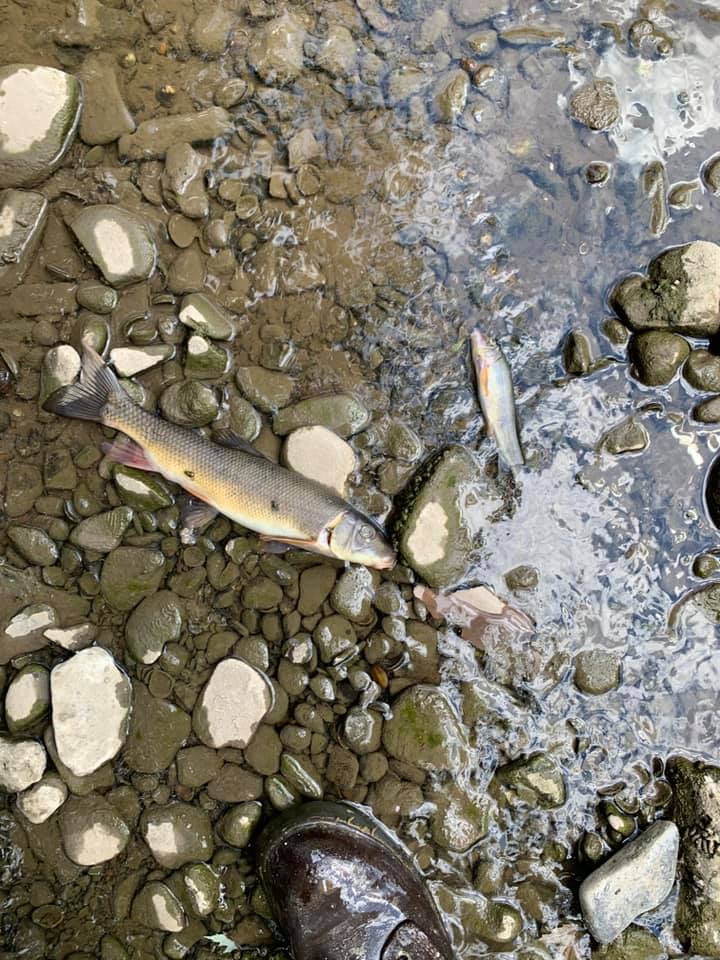
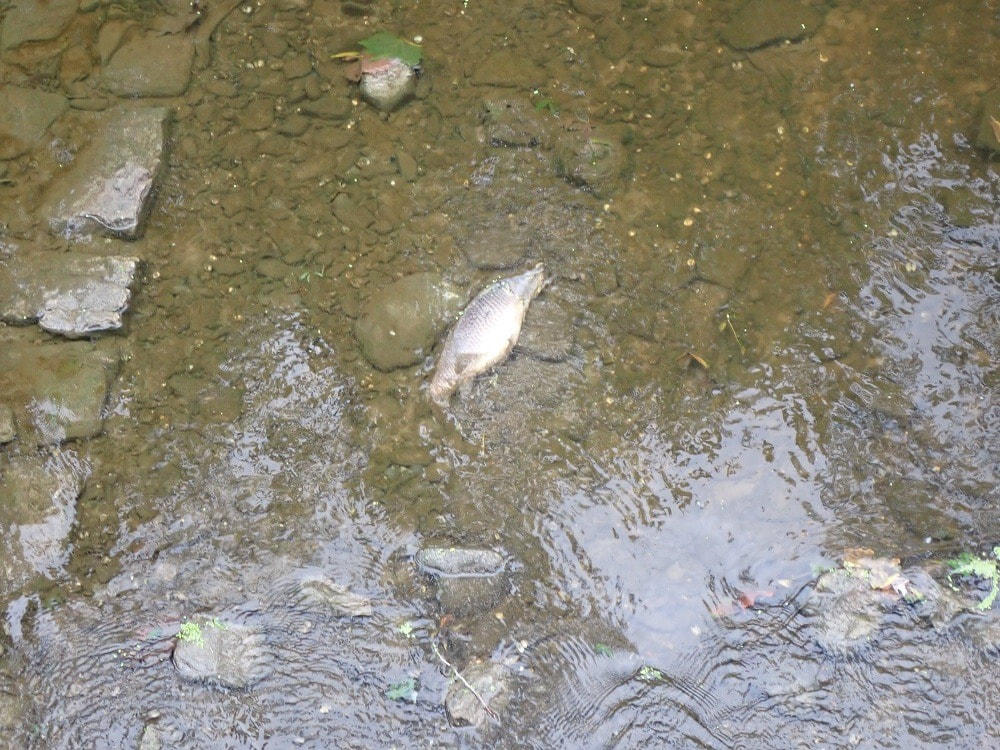
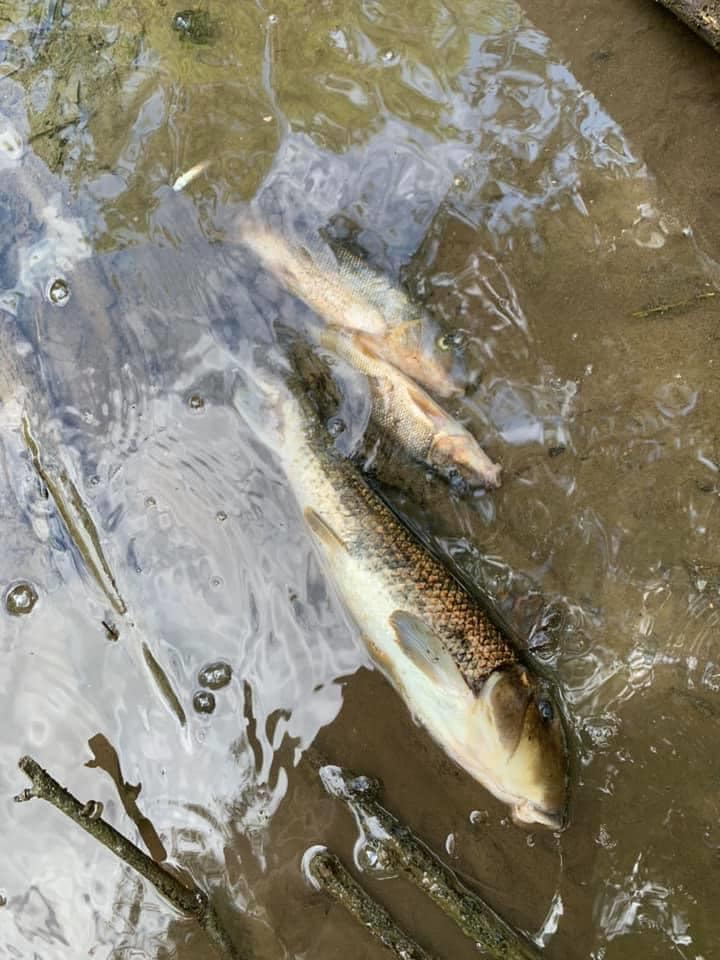
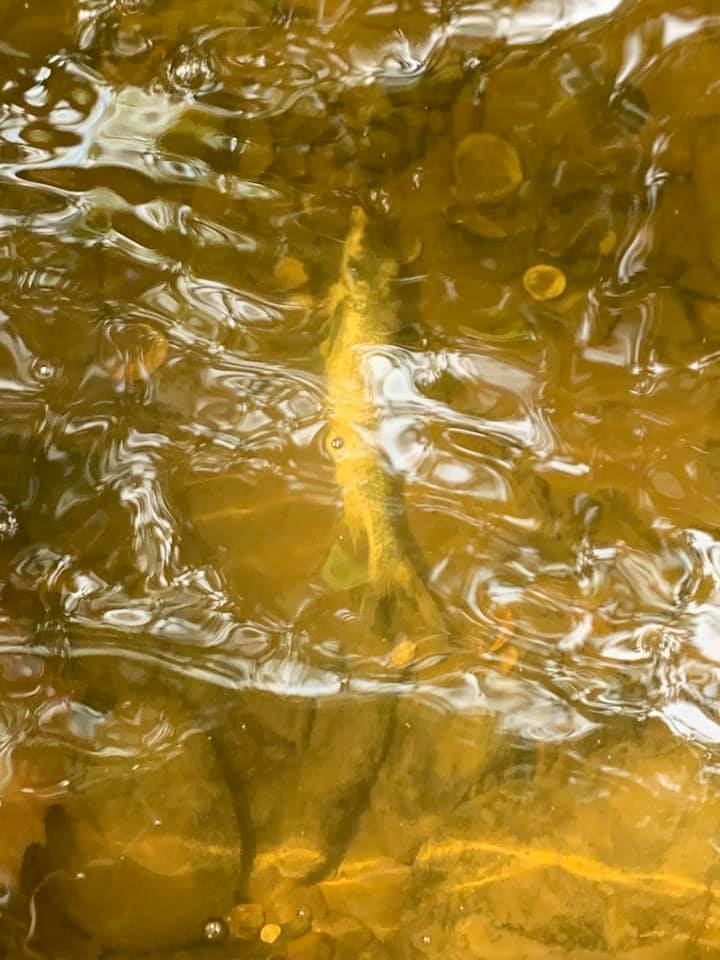
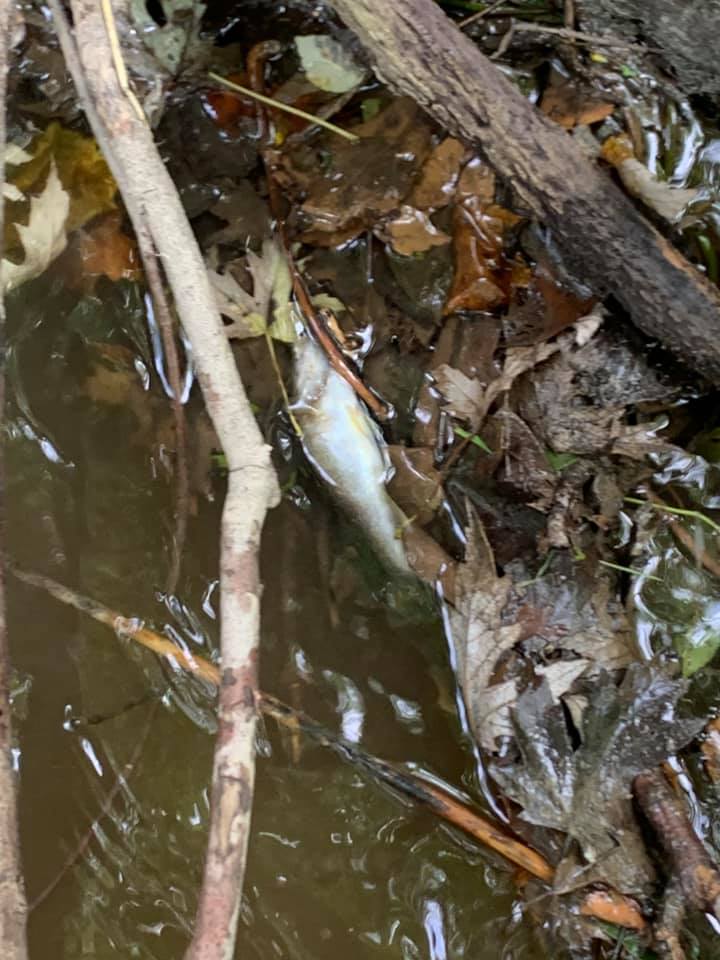
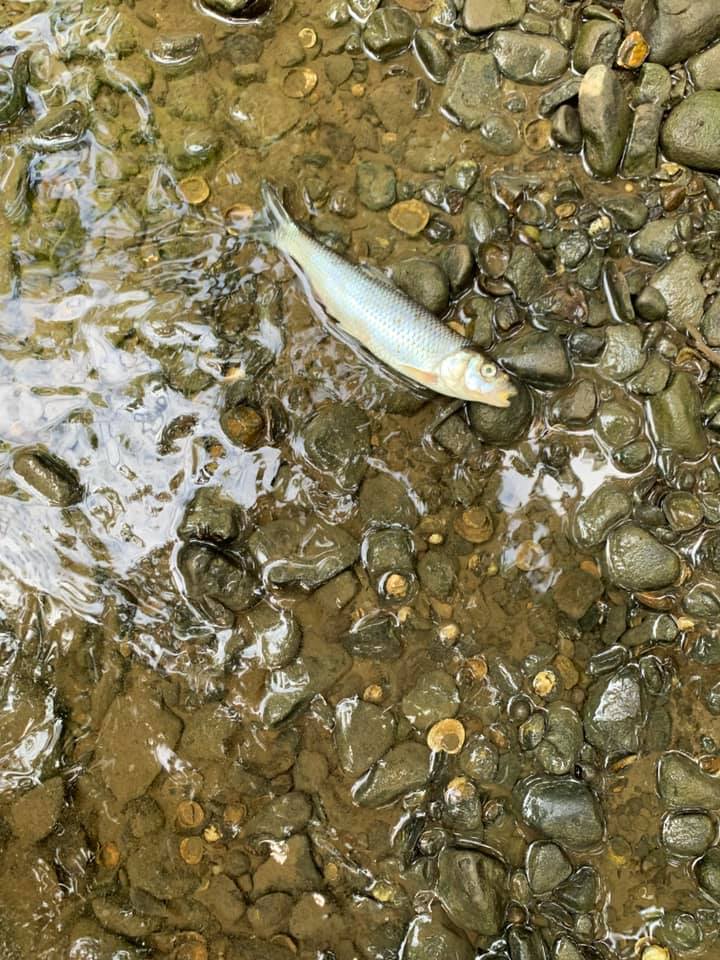
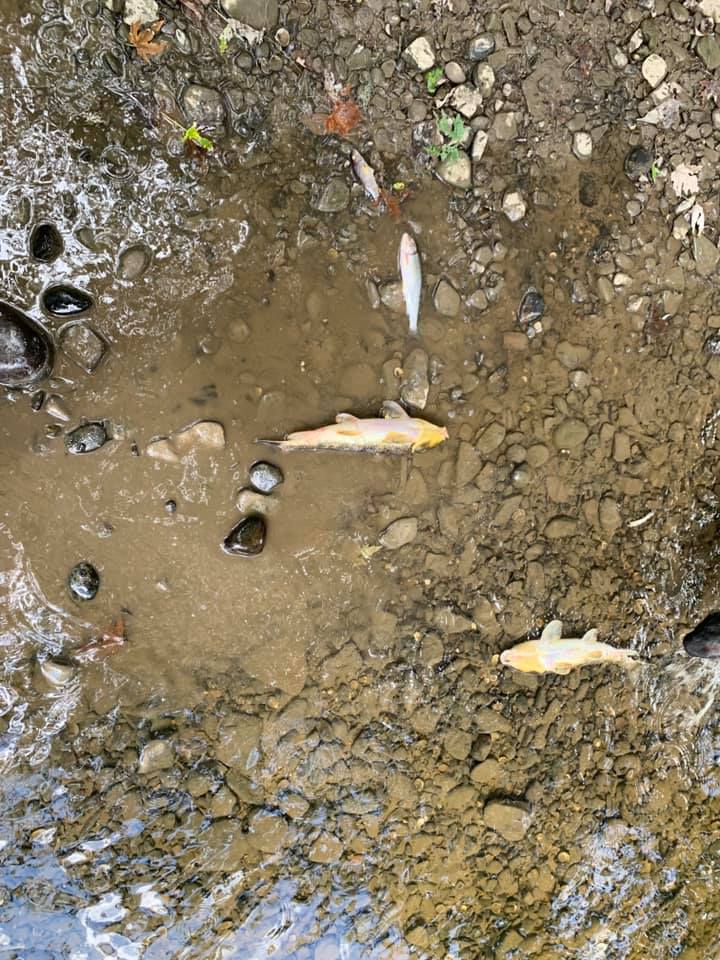
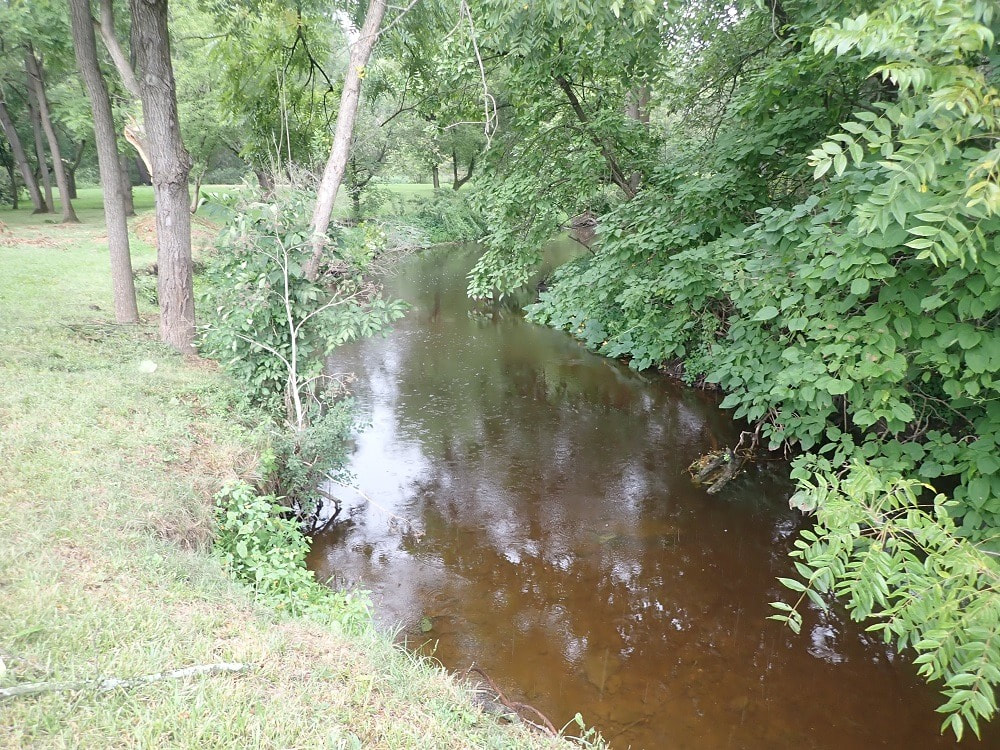
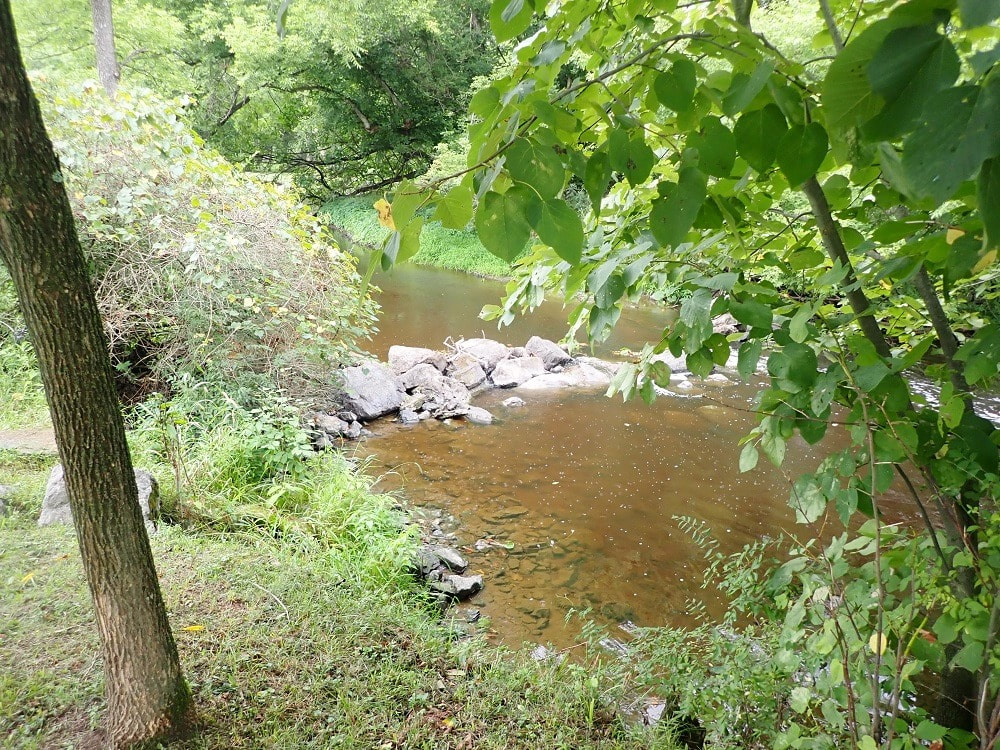
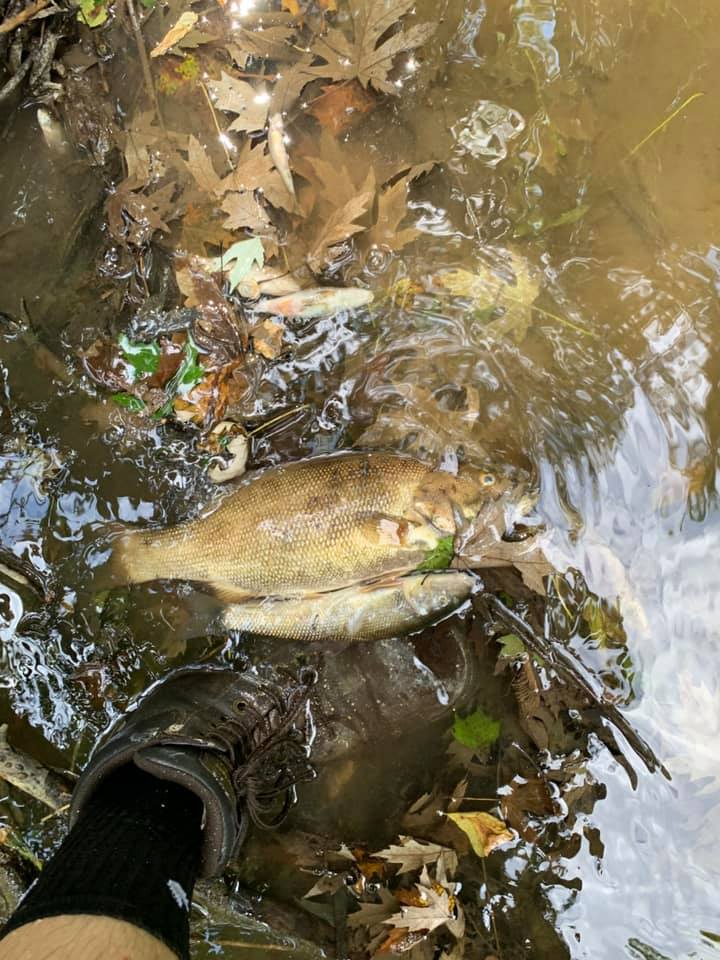
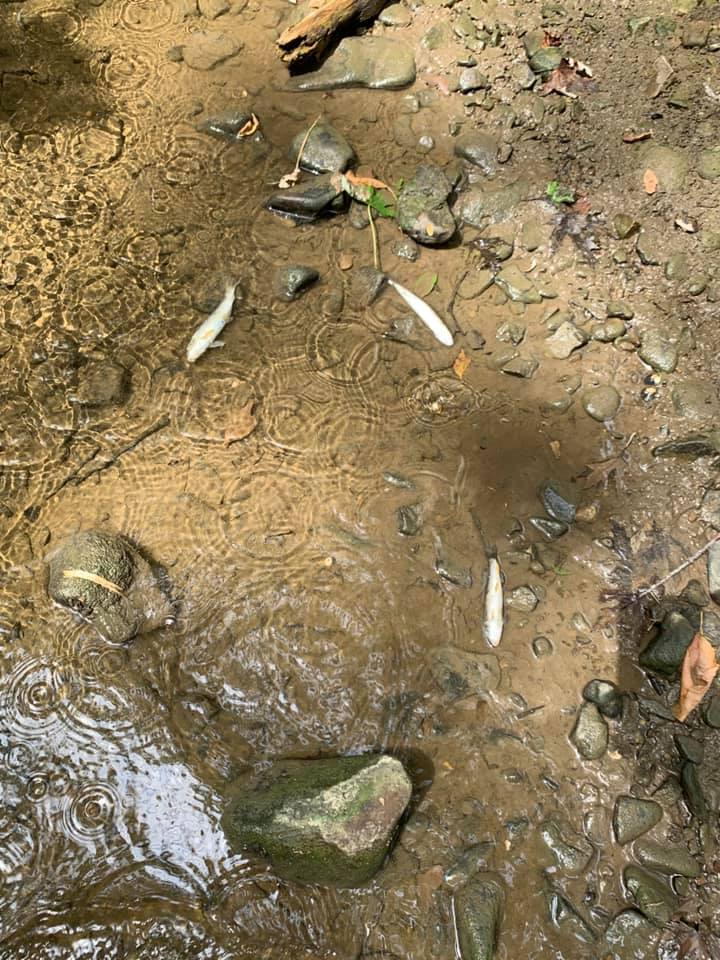
 RSS Feed
RSS Feed